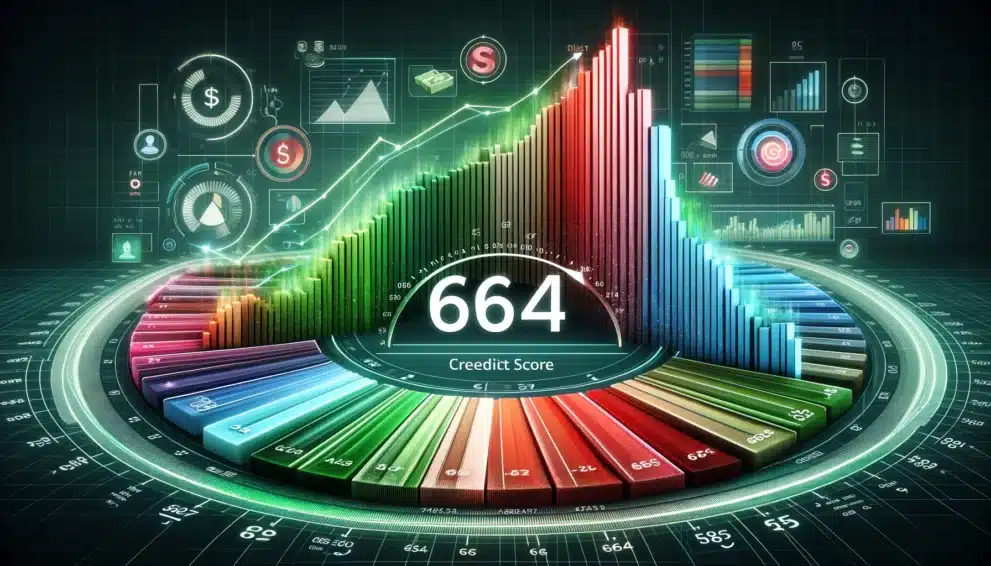
The history of credit scores dates back to the early 20th century, evolving as a response to the need for a standardized system to evaluate borrowers’ creditworthiness. Before the advent of credit scores, lenders assessed potential borrowers’ financial reliability based on personal relationships and subjective judgments, a process fraught with bias and inconsistency. This method was not only inefficient but also limited the scale at which credit could be extended, especially with the rise of the consumer credit market.
In the 1950s, a significant development occurred with the creation of the first credit scoring system by engineer Bill Fair and mathematician Earl Isaac, leading to the founding of the Fair Isaac Corporation (FICO). Their work introduced a standardized, objective way to assess credit risk based on statistical analysis, revolutionizing the lending industry. The FICO score, introduced in 1989, became the gold standard for credit evaluations, relying on a range of data, including payment history, credit utilization, length of credit history, types of credit used, and recent credit inquiries, to calculate an individual’s credit score.
The introduction of credit scores democratized access to credit, allowing for a more extensive and diverse group of individuals to obtain loans, credit cards, and mortgages. It also facilitated the growth of the consumer credit market, enabling lenders to assess risk more accurately and efficiently.
Over time, other models and companies, such as VantageScore, emerged, offering alternative scoring systems. Despite differences in calculation methods, the core purpose remained the same: to predict the likelihood of a borrower repaying a debt.
Today, credit scores play a crucial role in the financial lives of individuals, influencing the ability to obtain credit, the interest rates paid on loans, and sometimes even employment opportunities. The evolution of credit scoring continues, with innovations like alternative data and machine learning models promising to further refine how creditworthiness is assessed, especially for underserved populations. This ongoing development underscores the credit score’s importance in financial systems worldwide, reflecting a continuous effort to balance risk management with fair access to credit.
Is 664 a good credit score?
A credit score of 664 is considered to be in the “fair” credit range according to most credit scoring models used in the United States, such as FICO and VantageScore. Credit scores typically range from 300 to 850, with the scale divided into several categories: poor, fair, good, very good, and excellent.
- Poor: 300-579
- Fair: 580-669
- Good: 670-739
- Very Good: 740-799
- Excellent: 800-850
With a score of 664, you’re on the higher end of the fair credit category. This means you are considered a subprime borrower by lenders, and while you may not qualify for the best interest rates and terms on loans and credit products, you are likely to be approved for a variety of credits, albeit with less favorable conditions than those with scores in the “good” or higher categories.
Improving your credit score from fair to good or higher can significantly affect the interest rates you receive and potentially save you a lot of money in the long run. This can be achieved by consistently making payments on time, reducing your credit utilization ratio, and avoiding new hard inquiries or taking on excessive new debt


 Share
Share Tweet
Tweet Share
Share




Comment